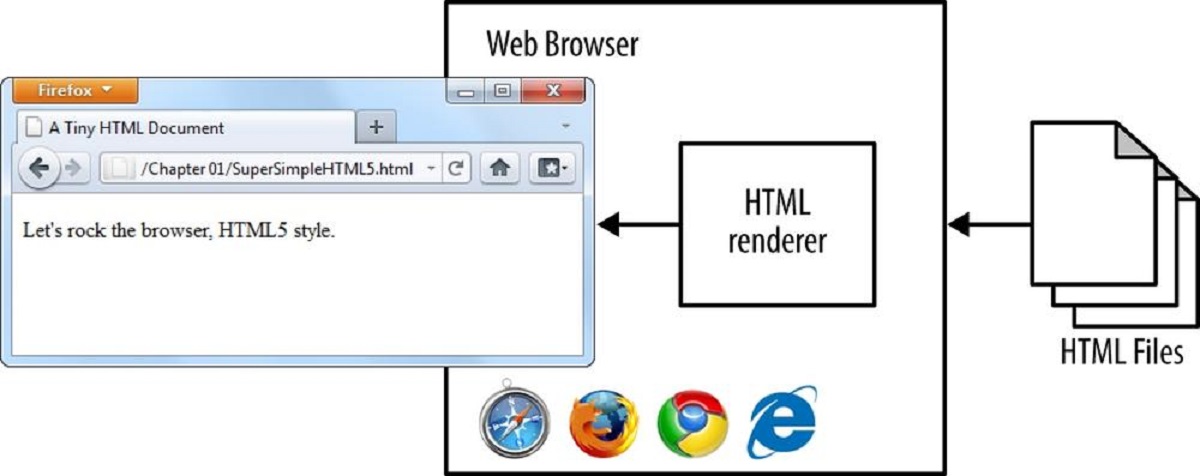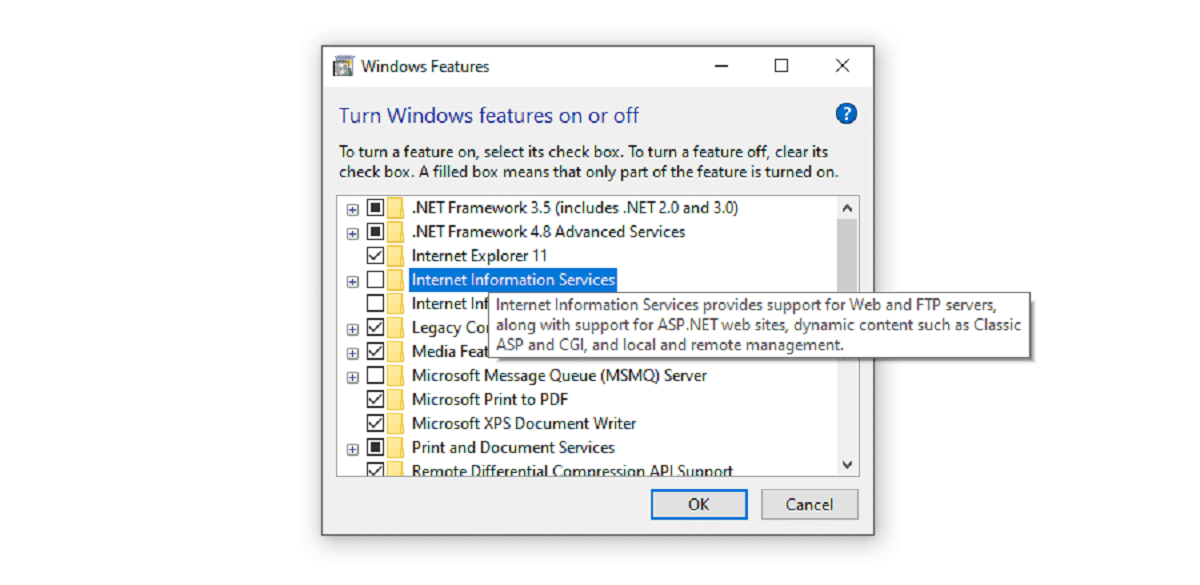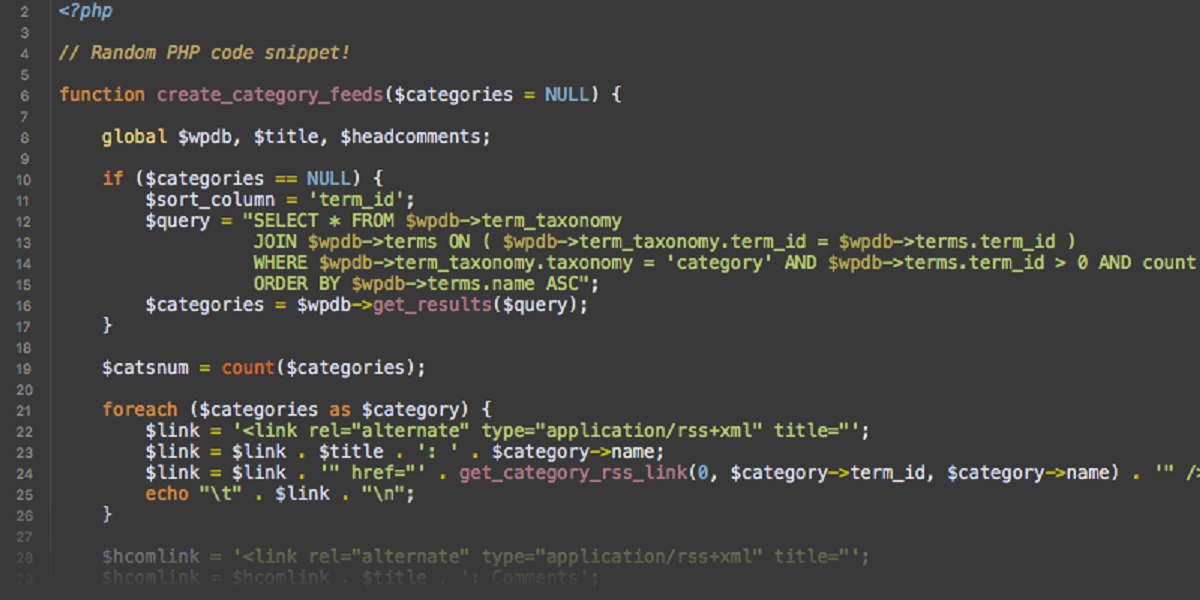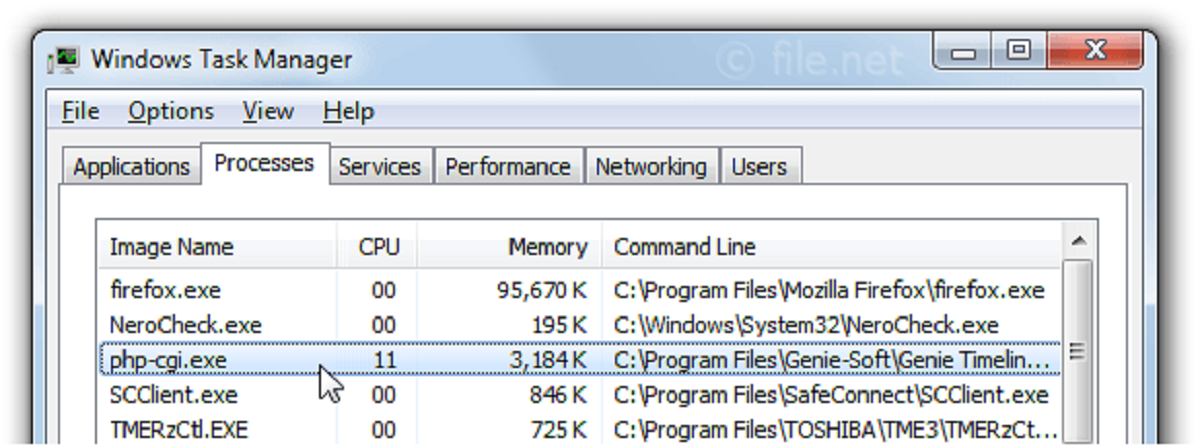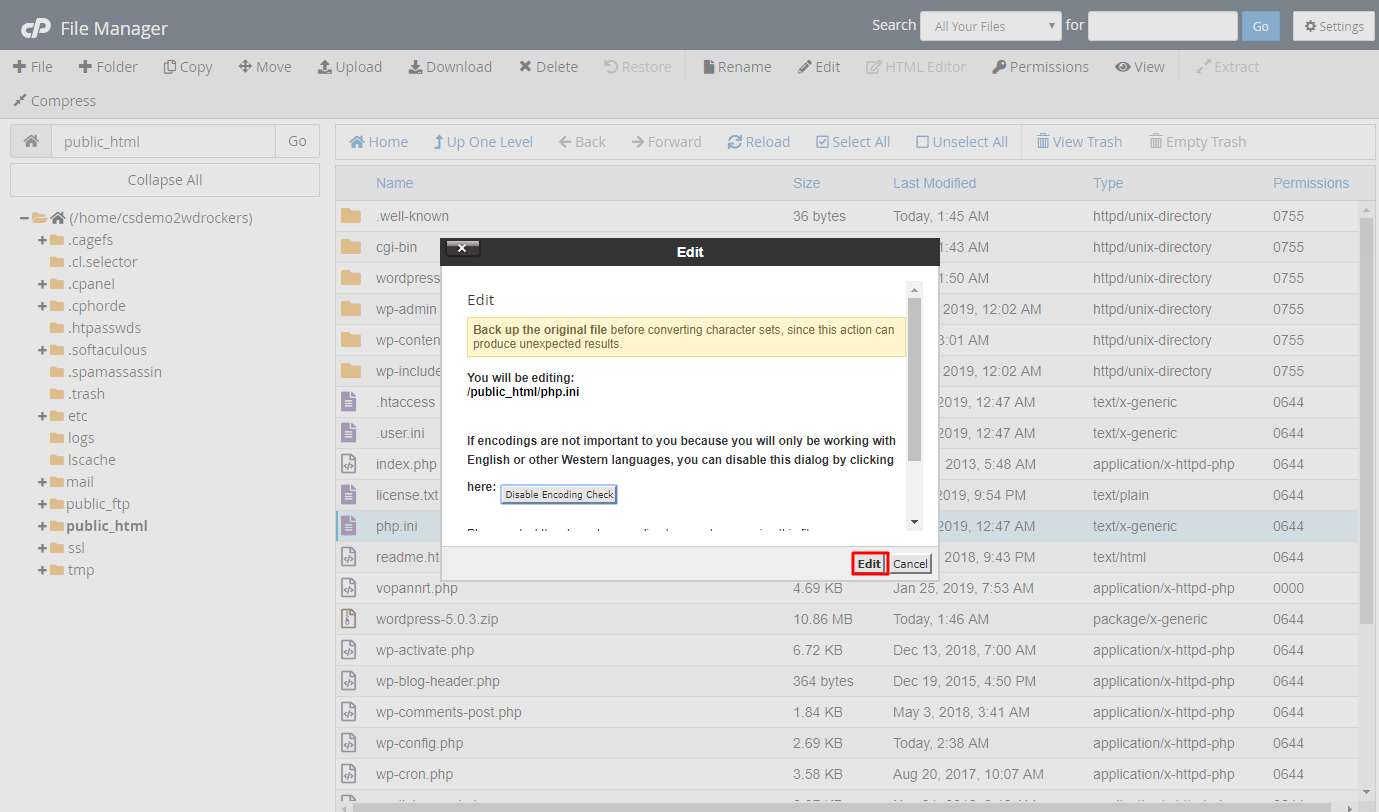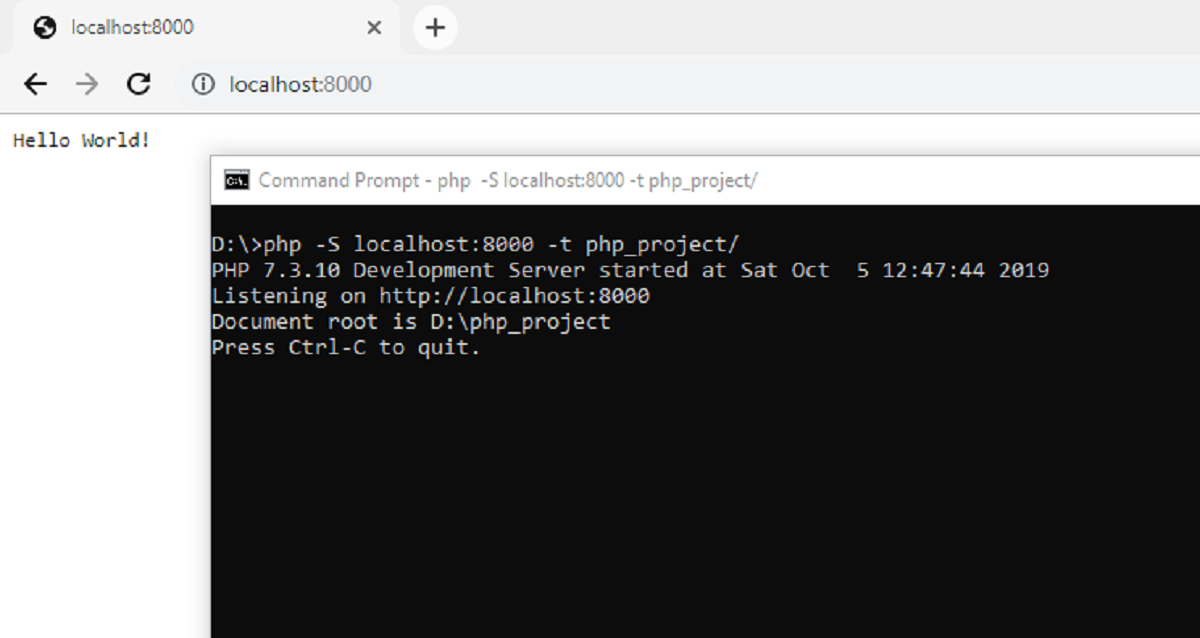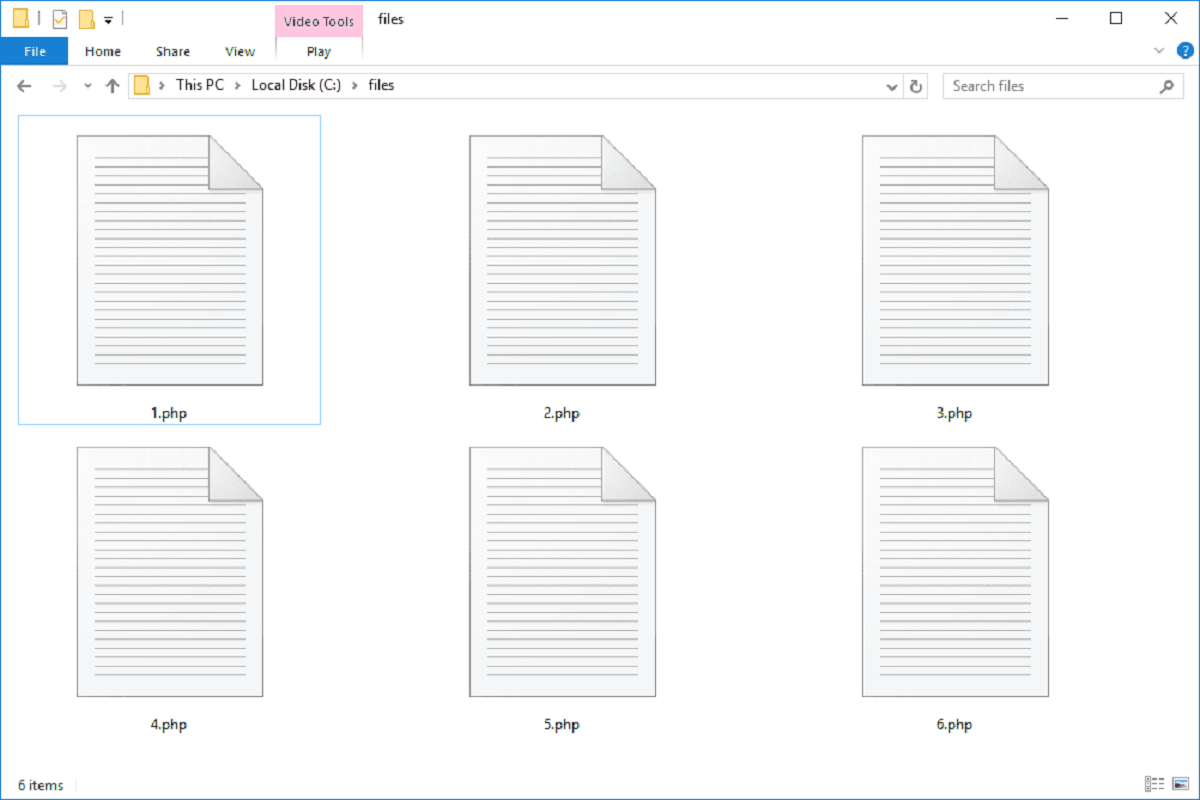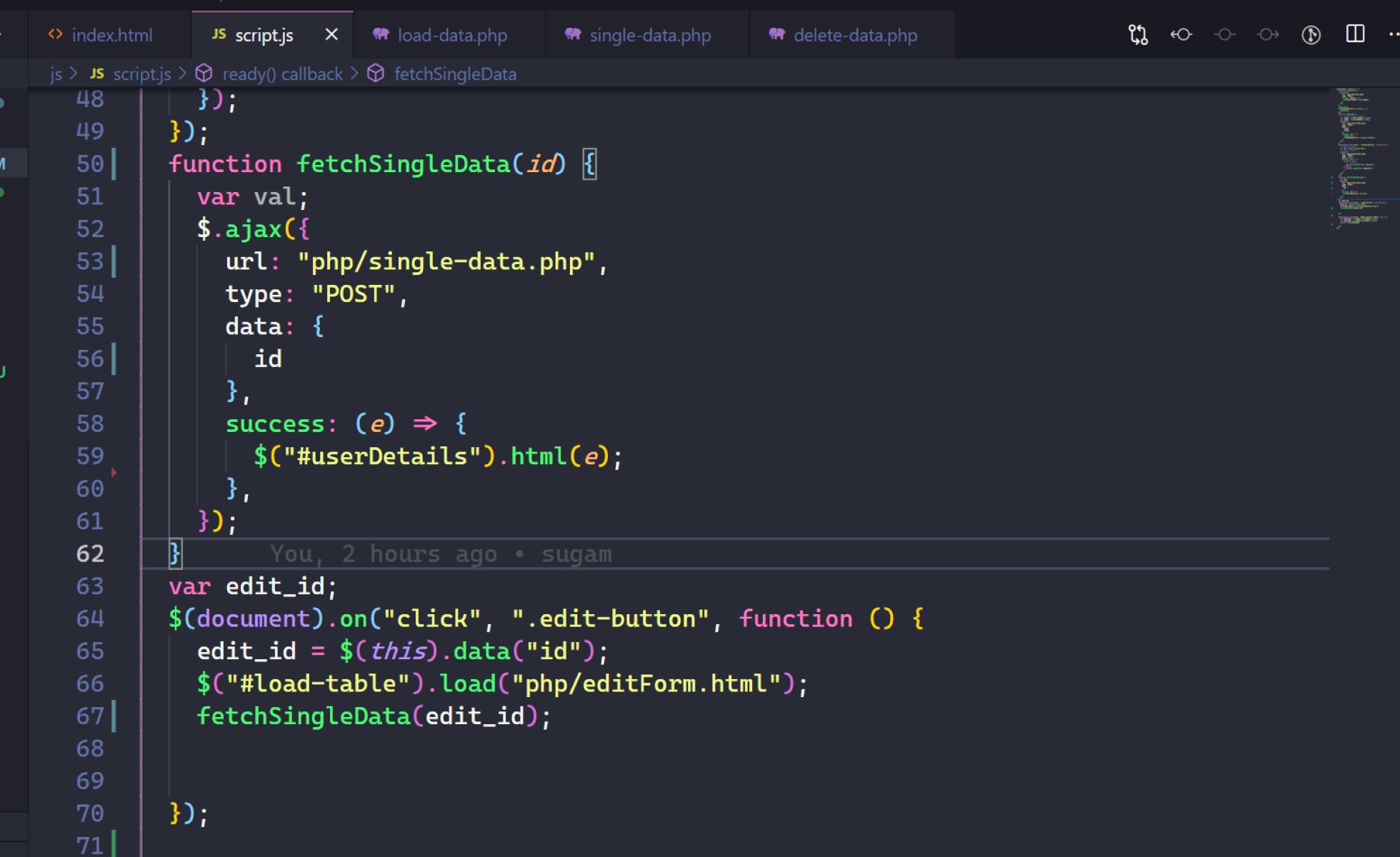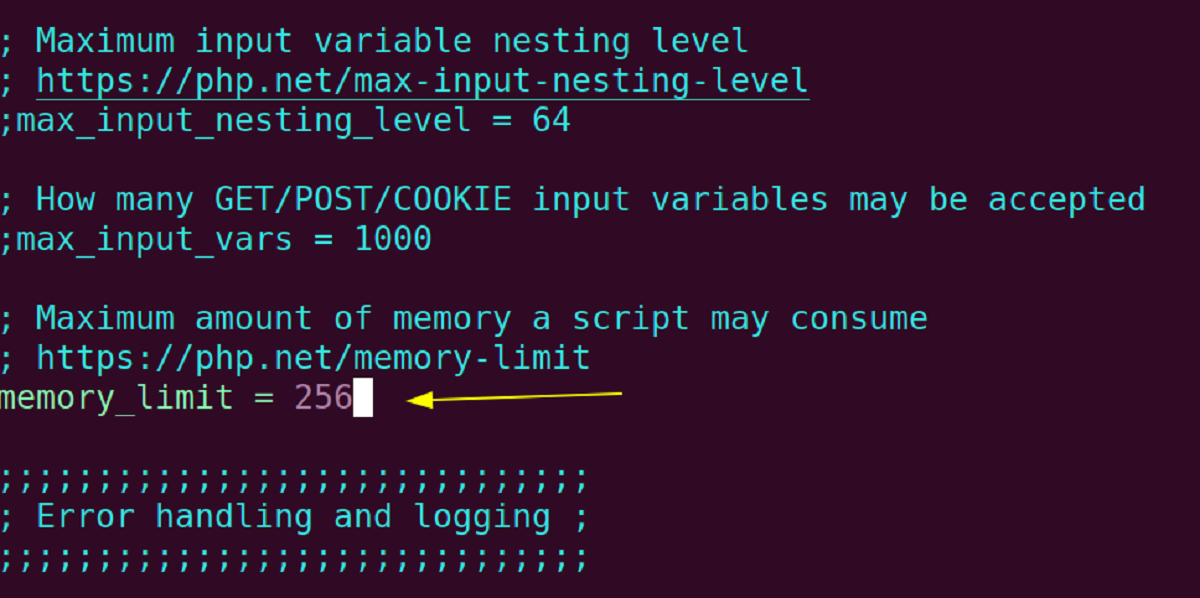Introduction
When it comes to web development, PHP is one of the most popular programming languages used for creating dynamic and interactive websites. PHP scripts are processed by web servers to generate dynamic content that can be displayed on the webpages. However, have you ever wondered what is the default extension that most web servers use to process these PHP scripts?
In this article, we will explore the default extension for PHP scripts and why it is widely adopted by web servers. We will also discuss other possible extensions for PHP scripts and how to change the default extension if needed.
Understanding the default extension for PHP scripts is crucial for website developers as it plays a significant role in how PHP files are recognized and processed by web servers. So, let’s dive in and unravel this mystery!
Why is this important?
Knowing the default extension for PHP scripts allows developers to structure their PHP files accordingly and ensure they are handled correctly by the server. It also helps in troubleshooting and diagnosing issues related to PHP script execution.
Who should care about this?
This information is relevant to website developers, webmasters, and anyone working with PHP and web servers. It provides insights into how PHP files are processed and can help in optimizing the performance and security of PHP-based websites.
The Default Extension for PHP Scripts
The default extension that most web servers use to process PHP scripts is “.php”. This means that PHP scripts are typically saved with the file extension “.php”. When a web server receives a request for a PHP file, it recognizes the “.php” extension and passes the file to the PHP interpreter for execution.
By default, web servers are configured to interpret files with the “.php” extension as PHP scripts. This allows the server to execute the PHP code within the file and generate dynamic content to be sent back to the client’s web browser.
This default extension has become widely adopted across web servers due to its simplicity, convention, and widespread use in the PHP community. It provides a clear indication that the file contains PHP code and needs to be processed accordingly.
Using the “.php” extension also helps to differentiate PHP scripts from other types of files, such as HTML or CSS files. It ensures that the server knows how to handle the file and prevents it from being served as plain text, without PHP processing.
Additionally, the “.php” extension helps in maintaining a consistent file naming convention for PHP scripts. This makes it easier for developers to identify PHP files and ensures that they are properly organized within the website’s directory structure.
It is worth noting that while “.php” is the default extension for PHP scripts, it is not mandatory. In some cases, web servers can be configured to recognize alternative extensions for PHP files, such as “.phtml” or “.php4”. However, these variations are less common and may require additional configuration.
Why is .php the Default Extension?
The choice of “.php” as the default extension for PHP scripts is not arbitrary. There are several reasons why it has become the standard in the web development community.
1. Consistency: Using a consistent file extension like “.php” allows for easier identification of PHP scripts. When browsing through a directory or working on a project, developers can quickly locate PHP files based on their extension, ensuring efficient management of code.
2. Legacy Compatibility: The “.php” extension has been used since the early days of PHP, and many existing websites and applications rely on this extension. By keeping it as the default, web servers ensure backward compatibility and avoid breaking existing codebases.
3. Community Adoption: PHP is a widely adopted language with a large community of developers. The majority of PHP frameworks, libraries, and examples provided in documentation use the “.php” extension. By aligning with this convention, web servers support the broader PHP ecosystem.
4. Server Configuration: Web servers are typically preconfigured to recognize the “.php” extension for PHP script processing. This simplifies the setup process for developers, as they don’t need to manually configure the server to handle PHP files with a different extension.
5. Security: The “.php” extension helps to mitigate security risks by ensuring that PHP code is executed through the server’s PHP interpreter rather than being served as plain text. This prevents unauthorized access to the source code and potential exploitation of vulnerabilities.
6. Clarity: The use of “.php” as the default extension provides clarity and makes it evident that the file contains PHP code. It helps developers and server administrators identify the file type easily and assists in troubleshooting when issues arise.
While there are alternative extensions available for PHP scripts, “.php” remains the default choice due to its widespread adoption, compatibility, and the benefits it offers in terms of organization, security, and community support.
Other Possible Extensions for PHP Scripts
While the default extension for PHP scripts is “.php”, there are other possible extensions that can be used, although they are less commonly utilized. These alternative extensions can offer some benefits in specific scenarios or for specific purposes.
1. .phtml: The “.phtml” extension is sometimes used as an alternative to “.php”. This extension stands for “PHP and HTML” and can be beneficial when working with PHP templates that contain a combination of PHP and HTML code. Using the “.phtml” extension helps to differentiate template files from regular PHP scripts and provides clear indications of their purpose.
2. .php4 and .php5: In the past, when different versions of PHP were released, it was common for developers to use specific extensions to indicate the PHP version compatibility of their scripts. For example, “.php4” was used for scripts compatible with PHP 4, and “.php5” was used for scripts compatible with PHP 5. However, as PHP versions have evolved, this practice has become less prevalent.
3. .phps: The “.phps” extension is occasionally employed for PHP script files that have been syntax highlighted for easier readability. This extension is often used in development environments or when sharing code snippets for educational or debugging purposes. The “s” in “.phps” stands for “source,” indicating that the file has undergone syntax highlighting.
4. .php7: The “.php7” extension is occasionally used to explicitly indicate that the PHP script is compatible with PHP version 7 or later. This can be useful when working on projects that require specific PHP features or when targeting a specific PHP version.
5. .phps: Occasionally, web servers may be configured to serve PHP files without any specific extension, relying solely on file permissions or server-side detection to process the PHP code. This approach allows for greater flexibility in file naming conventions but may require additional server configuration.
It is worth mentioning that using alternative extensions for PHP scripts requires appropriate server configuration to recognize and process these files correctly. Developers should ensure that the web server is configured accordingly, and if necessary, consult the server’s documentation or seek assistance from a server administrator.
How to Change the Default Extension for PHP Scripts
Although the default extension for PHP scripts is “.php”, there may be cases where you need to change it to a different extension. This might be due to project requirements, personal preferences, or compatibility concerns. Here’s how you can change the default extension for PHP scripts:
1. Server Configuration: The most common way to change the default extension for PHP scripts is by modifying the server configuration. In Apache, you can use the .htaccess file or the main server configuration file (e.g., httpd.conf) to specify a new extension. Look for the “AddHandler” or “SetHandler” directive and update it accordingly. Remember to restart the server for the changes to take effect.
2. Server-Side Script: Another method is to create a server-side script that redirects requests with the new extension to the PHP interpreter. For example, you can create a script in a language like Python or Node.js that intercepts requests for files with a different extension (e.g., “.phtml”) and forwards them to the PHP interpreter for processing.
3. URL Rewriting: URL rewriting techniques can be employed to change the appearance of the URLs without actually modifying the file extensions. Tools like Apache’s mod_rewrite can be used to rewrite URLs on the server side and internally direct them to the PHP files with the desired extension.
Note: When changing the default extension for PHP scripts, ensure that any links or references to the PHP files are updated accordingly. This includes updating internal links within your website, external links, and any references in your codebase, such as include or require statements.
It’s important to consider the implications of changing the default extension for PHP scripts. Compatibility with other systems, libraries, or frameworks must be taken into account. Additionally, some web hosting providers may have restrictions on modifying the default extension, so check with your hosting provider or server administrator before making any changes.
Remember to thoroughly test any changes made to the default extension for PHP scripts to ensure the proper execution and functionality of your website or application.
Conclusion
The default extension for PHP scripts is “.php” and is widely adopted by web servers due to its simplicity, convention, and compatibility with the PHP ecosystem. The use of “.php” ensures that PHP scripts are recognized and processed correctly by web servers, allowing dynamic content generation for websites.
While “.php” is the standard extension, alternative extensions such as “.phtml” or “.phps” can be used in specific scenarios, including PHP templates or syntax highlighted code sharing. However, these alternative extensions require appropriate server configuration to handle them correctly.
If you need to change the default extension for PHP scripts, it can be achieved through server configuration, server-side scripts, or URL rewriting techniques. However, consider the implications and compatibility factors before making any changes, and always test thoroughly to ensure proper execution and functionality.
Understanding the default extension and the flexibility to modify it provides web developers with the necessary knowledge and tools to optimize PHP script management, enhance security, and meet project requirements efficiently.
Whether you stick with the default “.php” extension or explore alternative extensions, make sure to follow best practices, maintain consistency, and consider the broader PHP community’s conventions and standards.







